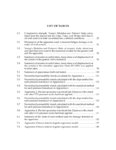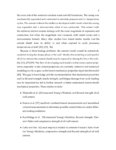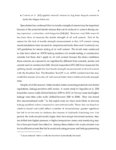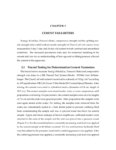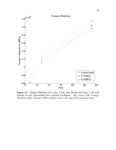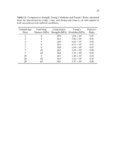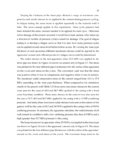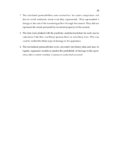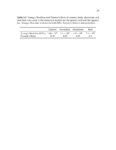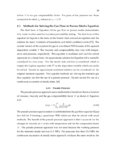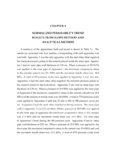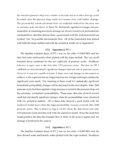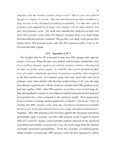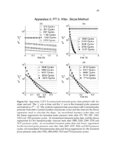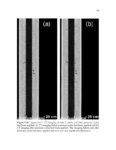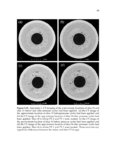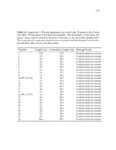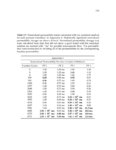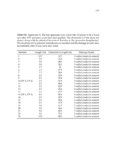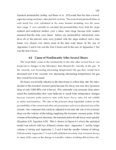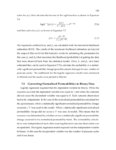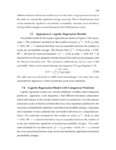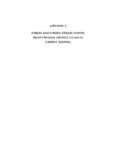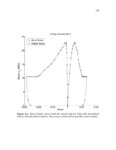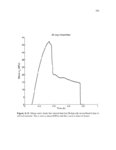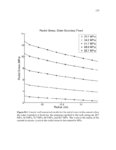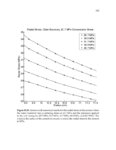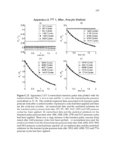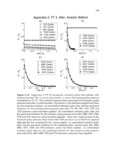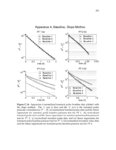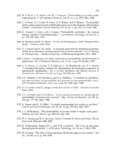| Description |
Subsurface fluid leakage is a primary concern for oil and gas development. One of the main causes of subsurface fluid leakage is believed to be failure of the cement sheath. There are many mechanisms associated with cement sheath failure; this work is concerned with cement sheath failure from fatigue damage arising from service-related pressure cycling. A novel laboratory apparatus was designed, built and used for assessing fatigue damage and failure of the cement sheath during routine pressure cycling. This new apparatus allowed for detection of the location of damage in the cement sheath as well as the time at which the damage occurred (number of pressure cycles). It was demonstrated to work and showed that several forms of damage could be detected as a function of number of pressure cycles, including the formation of a microannulus and cracking in the cement. The method used to detect damage in the apparatus' cement was based on transient permeability theory. Four transient pressure pulses were introduced into the cement at four different locations and the resultant transient decay was recorded as a function of the cyclic internal pressurization of the apparatus. An analytical transient porous flow model was derived to predict the transient decay of the gas pulses in the cement. This mathematical model was shown to accurately predict the empirical data while in the porous flow regime. Permeabilities were calculated from the porous flow model as a function of number of pressure cycles. A simpler method of calculating permeabilities based on an electronic/hydraulic analogy was also shown to accurately predict permeability trends when compared to the results calculated from the porous flow model. This new apparatus showed that when a lower stress was cyclically applied to the annular cement, damage was likely to occur sooner without the formation of a microannulus. When a higher stress was cyclically applied to the annular cement, damage was likely to occur later with the formation of a microannulus. Last, a logistic regression model was developed to predict the probability of a permeability change (cement damage) in the cement sheath of the apparatus as a function of the number of pressure cycles. The logistic regression model showed that when a lower stress was cyclically applied to the cement sheath, damage had a probability of occurring sooner but was less severe. When a higher stress was applied to the cement sheath, damage had a probability of occurring later but was more severe. |

















